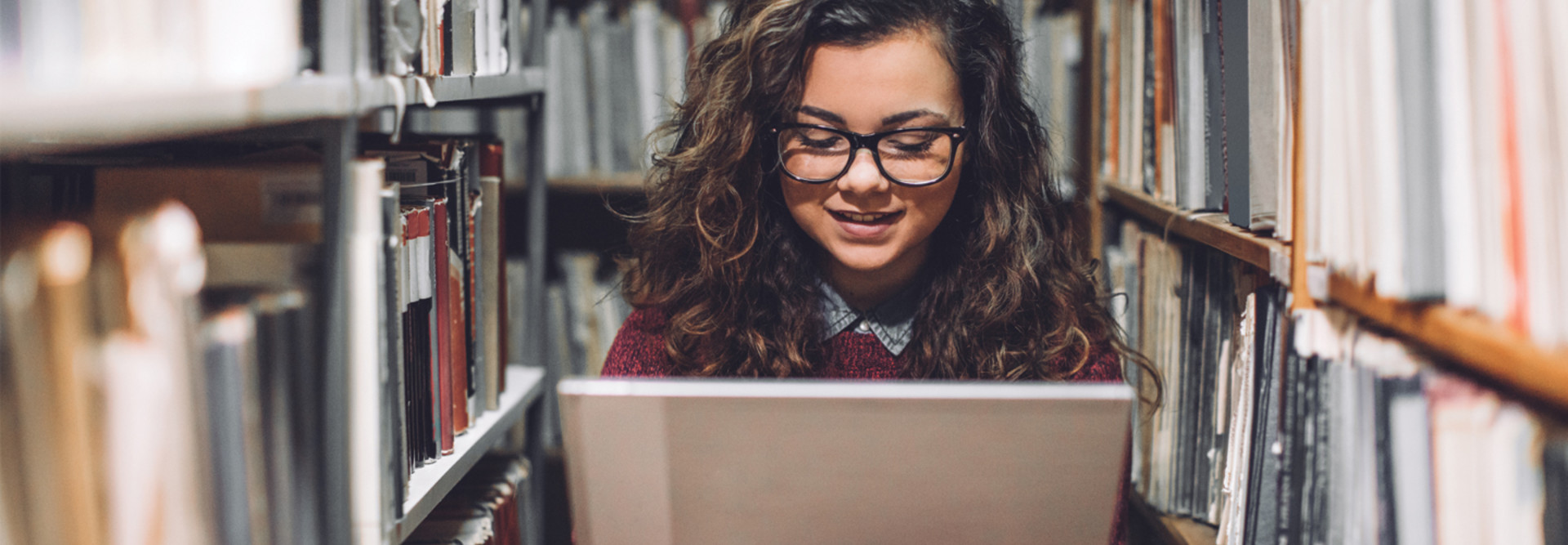What is media literacy for students?
Media literacy is the ability to understand the validity and intent of a medium. The term can be applied to any form of media with which students interact. This includes images in lessons and classroom projects, educational videos, texts, and other resources. This also applies to media outside the classroom, from billboards and television to social media feeds.
Often the term “media literacy†is used when information or information literacy would be more appropriate, for example when students are researching information and seeking to identify relevant and appropriate sources. Mastery of current affairs and information requires that students possess a range of skills in critical thinking, analysis and objectivity.
MORE ABOUT EDTECH: These technological tools provide support in the post-pandemic classroom.
Why is media literacy education important in the digital age?
In 2019, the Stanford History Education Group published a study – a follow-up to research they conducted in 2016 – in which 90% of high school students failed four of six information literacy assessments. The researchers called the results “disturbing” and they are not the only observers to reach this conclusion.
Adams says his organization found similar results when testing students. “We can see that the students struggled to understand exactly what sets quality standards-based journalism apart from other forms of news,†he says. “They also have a hard time identifying what does and does not count as proof of a claim or distinguishes between a high quality reliable source and an untrusted source.”
As an education consultant, Frank Baker works with librarians and teachers to improve media literacy. One of the common concerns, he says, is that “kids don’t check anything. They just want the information quickly, so they put a stop to the search on Google, and they expect Google to check the results.
Although they are digital natives, students need guidance from teachers on how to properly use the tools at their disposal. Other times, even after learning to verify information, students will choose the path of least resistance.
“For them it’s exhausting,†says Susan Yutzey, a retired library media specialist from Upper Arlington City Schools in Ohio. “They have all of this homework to do, so looking for the fastest way to get what they need is what they do. That is why I recommend not only a unique media literacy course, but that librarians as building information specialists work with [high school] teachers try to integrate these lessons where students learn them over the four years in different subjects. “
DISCOVER: Influencer Allie Beldin discusses continuous technological innovation in the classroom.
How can students develop better media literacy?
With more devices in schools, educators have more opportunities to discuss media literacy in the classroom and incorporate it into lessons. Educators should work with the school librarian – a research and information expert – to incorporate the teachings into their classroom.
“We need every teacher in every discipline to teach media literacy,†says Baker. “If you’re a teacher and using pictures or videos in a classroom, you need to have a heavy dose of media literacy so that we can help young people think critically because the evidence is clear, they don’t think critically. . “
Yutzey adds that collaboration between librarians and educators needs to start early. “It’s really incumbent on us, as librarians, to teach all students from kindergarten to grade 12, so that what we do with the kids shows them some of the techniques,†she says. “Then we don’t try to eliminate bad habits, which happens once they get into middle school and high school. They have developed very bad habits about how they rate the media.

